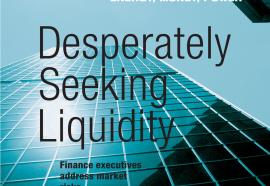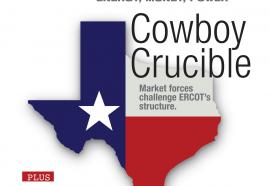Wooing the Western Wind
How a move to bring power markets to the Great Plains has uncovered a crisis in grid planning.
They call the United States the “Saudi Arabia of Wind.” That’s due in large part to the huge potential of the Great Plains. But there’s a hole in the metaphor. Wind power development in some parts of the prairie is falling short of expectations.











